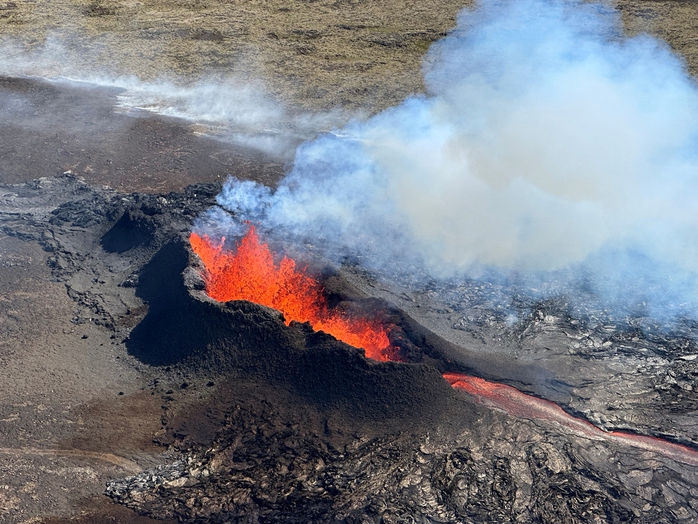Iceland has declared a state of emergency and urged residents of the coastal town of Grindavik to evacuate after a series of earthquakes hit the Reykjanes Peninsula in the country’s southwest.
There were around 1,400 earthquakes recorded on 9 November and 800 on 10 November, with the shallowest at depths of around 3-3.5km, according to the Icelandic Meteorological Office (IMO). The strongest, a magnitude 5.2, struck north of Grindavik, a town of around 4,000 people.
The quakes were also felt in the capital Reykjavik, 40km away, and across much of Iceland’s southern coast.
Meanwhile, the Icelandic Civil Protection Department warned: “There is a risk of further large earthquakes and eventual volcanic eruptions. However, there is no sign of magma rising close to the surface.”
That is also why authorities are advising people to evacuate calmly, without rushing. The IMO said the magma is accumulating at a depth of about 5 km and could take days to reach the surface.

The area’s world-famous Blue Lagoon thermal pool and luxury hotels have been closed since November 9, according to CNN.
The same is true of the nearby Svartsengi geothermal plant, which supplies electricity and water to the 30,000 residents of the Reykjanes Peninsula. Measures have been put in place to protect the plant and its workers in the event of an eruption.
Iceland sits on the edge of a tectonic plate that is still diverging, gradually pushing the North American and Eurasian continents apart. The country is home to 32 active volcanic systems – the highest in Europe.
Since 2021, Iceland has had an eruption every 12 months, with the most recent one occurring south of the capital Reykjavik in July, according to CNN. In addition, the IMO has recorded 24,000 tremors on the Reykjanes Peninsula since October last year.





